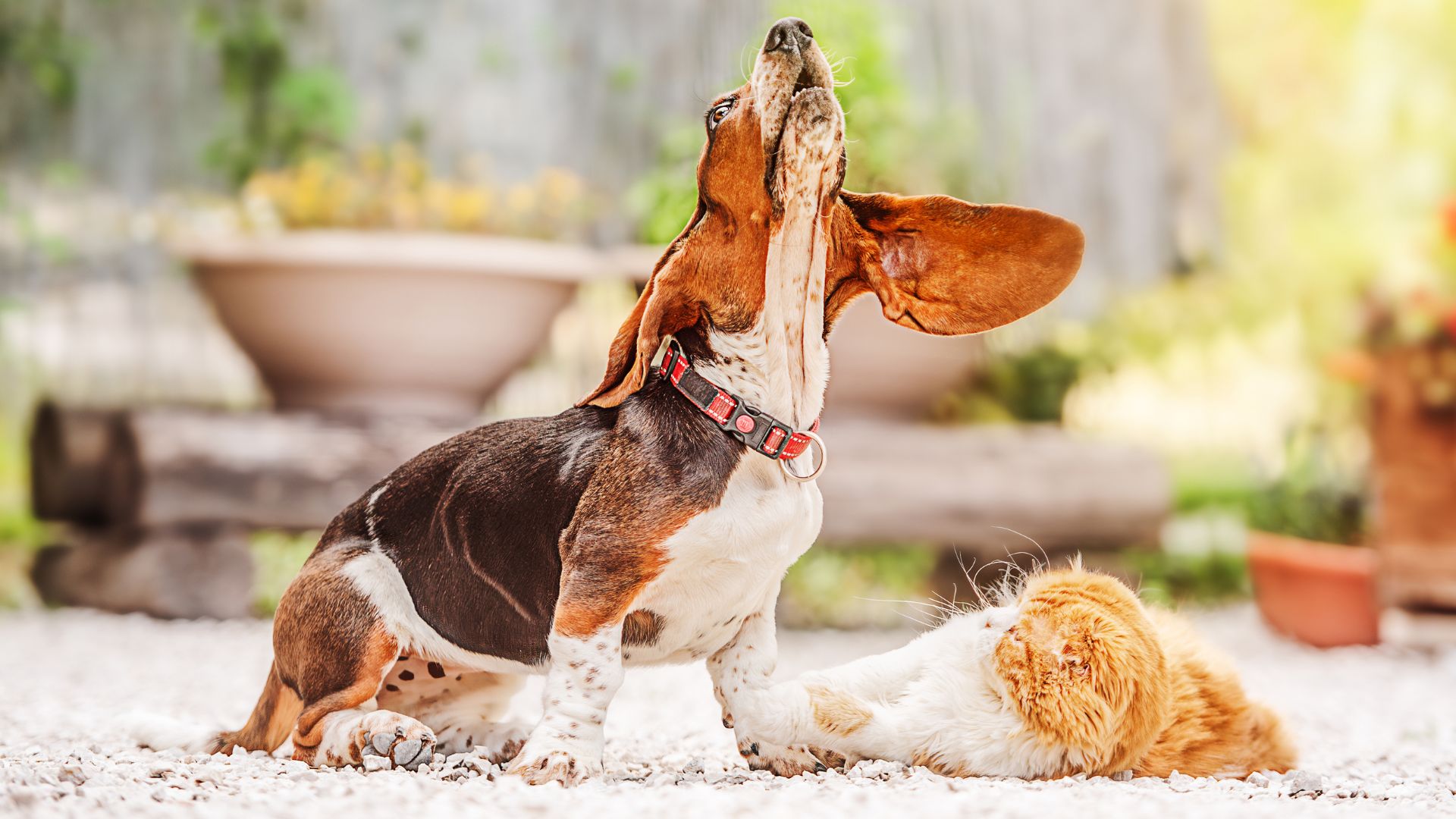Ever wonder which dog breeds could double as a home alarm system with zero monthly fees? If you’re into dogs that come with a built-in megaphone, you’re in the right place.
Some breeds don’t just bark—they announce their presence like rock stars. Whether it’s a squirrel three blocks away or the delivery guy you invited, these vocal powerhouses are always on the mic.
While barking can be a form of communication, with some breeds, it’s more like a lifestyle. These dogs were bred to be heard, from alerting farmers to predators to leading hunting parties through thick forests. Nowadays, they’re more likely to alert you to the dangers of a passing jogger, but hey, that’s commitment.
Let’s dive into the dog breeds with the loudest, most powerful barks. Whether you need a solid watchdog or just want a furry friend who keeps things exciting, these bark-tastic breeds bring energy, personality, and yes—volume.
Fair warning: your neighbors may not love this list as much as you do.
Dog Breeds With The Most Loudest Bark
1. Dachshund

Don’t underestimate the Dachshund’s size—this fun-sized pup packs a bark that sounds like it came from a German Shepherd’s sound system.
Originally bred to burrow into badger dens (yep, seriously), Dachshunds had to be loud, brave, and persistent. And while their hunting days may be behind them, their vocal skills are alive and well—just ask your neighbors after a package is delivered.
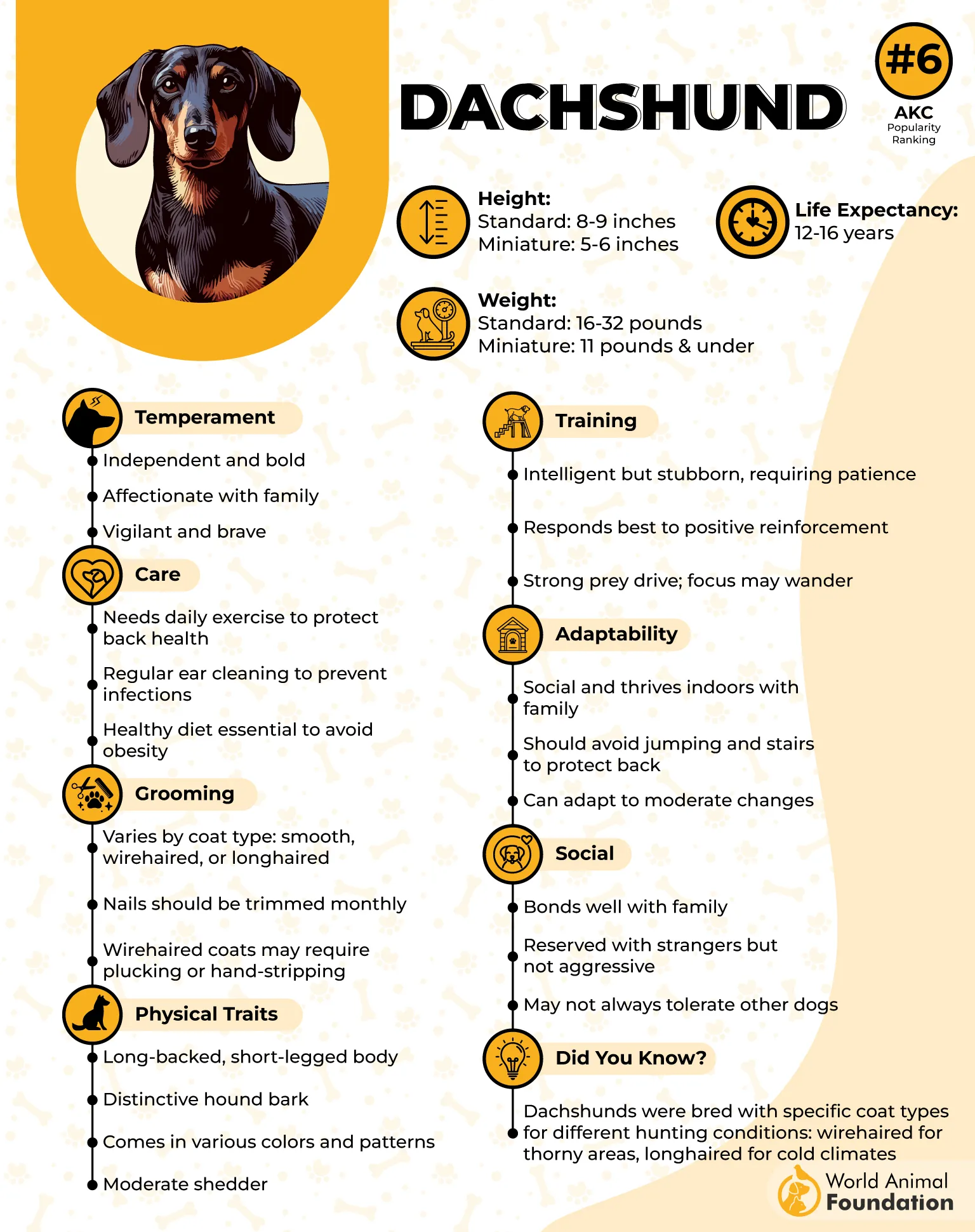
Their long bodies, short legs, and expressive almond-shaped eyes give them a cartoonish charm that’s hard to resist. But behind those cute looks is a fearless, sometimes stubborn dog who’s protective of their home and family. They may be small, but they take their guard duties very seriously.
Dachshund Bark Vibes – Why They’re on This List:
✅ Surprisingly deep, loud bark that echoes through walls
✅ Built-in watchdog instincts—they’ll alert you to literally everything
✅ Strong-willed and opinionated—barking is one of their favorite hobbies
✅ Vocal expressiveness comes standard, especially when bored or excited
Dachshunds are cheerful and sociable companions, making them a solid choice for first-time dog owners. They thrive on mental stimulation, enjoying activities like puzzle toys and scent-tracking games. Just be cautious during energetic play, as their long backs make them prone to injuries.
Dachshunds have a natural instinct to dig, which can spell trouble for your garden or lawn. To keep your plants safe, it’s a good idea to offer them fun alternatives like designated digging spots or engaging toys.
2. German Shepherd
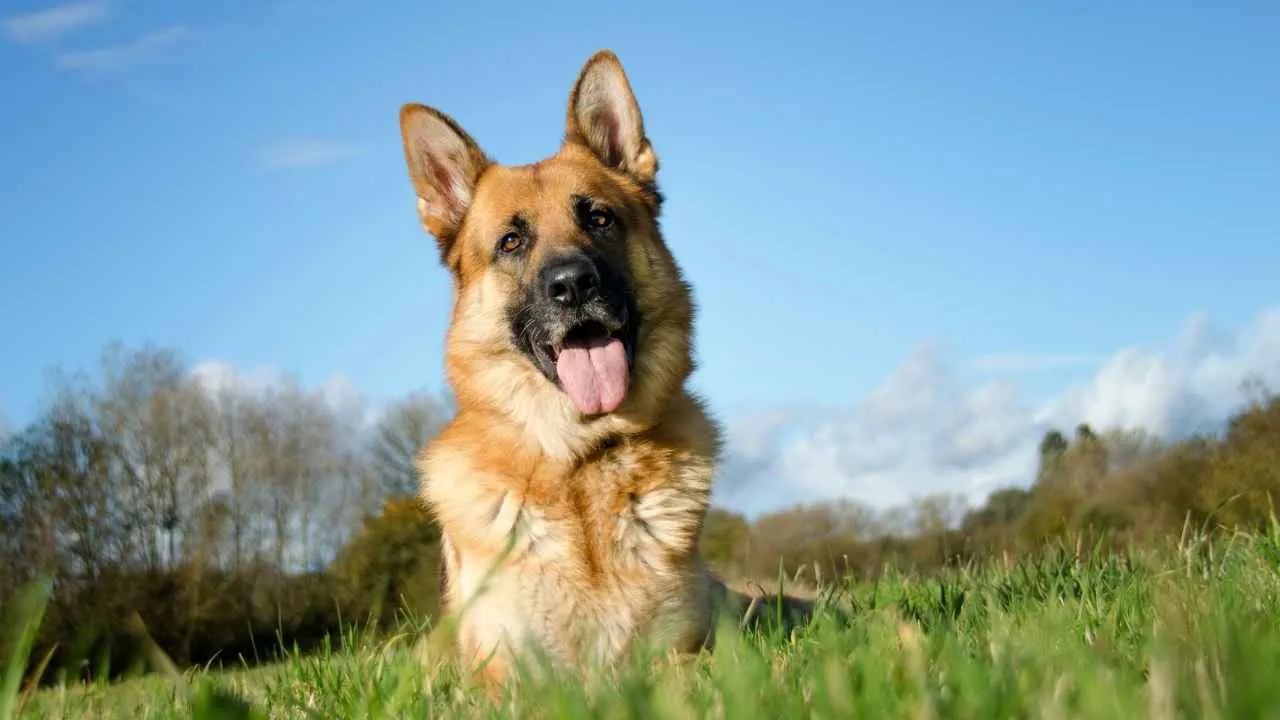
Originally developed to herd sheep, the German Shepherd has proven incredibly versatile over time. Beyond its herding roots, it has taken on roles in disability assistance, search-and-rescue missions, police operations, and even military service. Today, it’s also a popular choice as a loyal and intelligent companion dog.
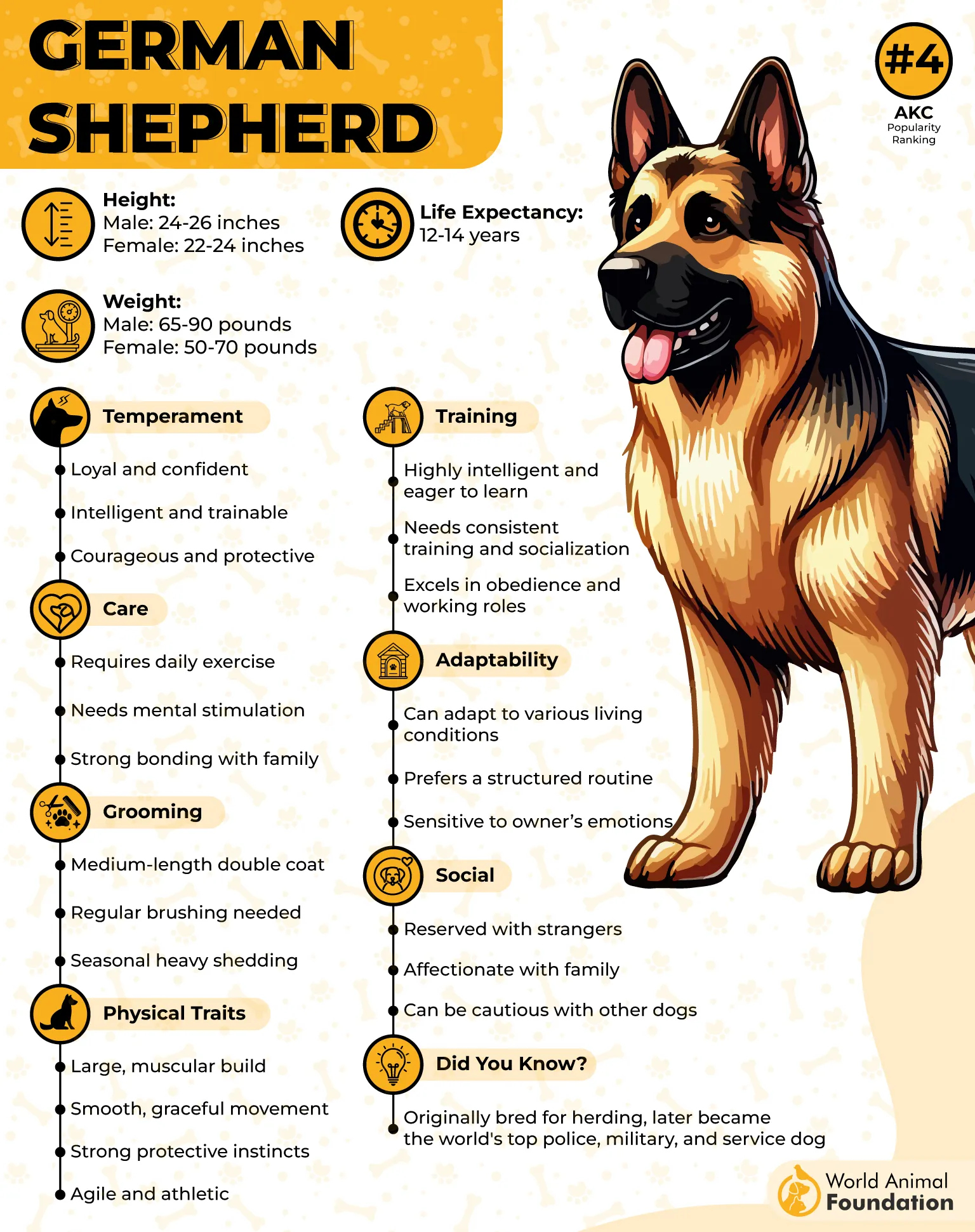
Known for their intelligence and loyalty, German Shepherds are natural protectors. They form strong bonds with their families and take their job as “house security” very seriously.
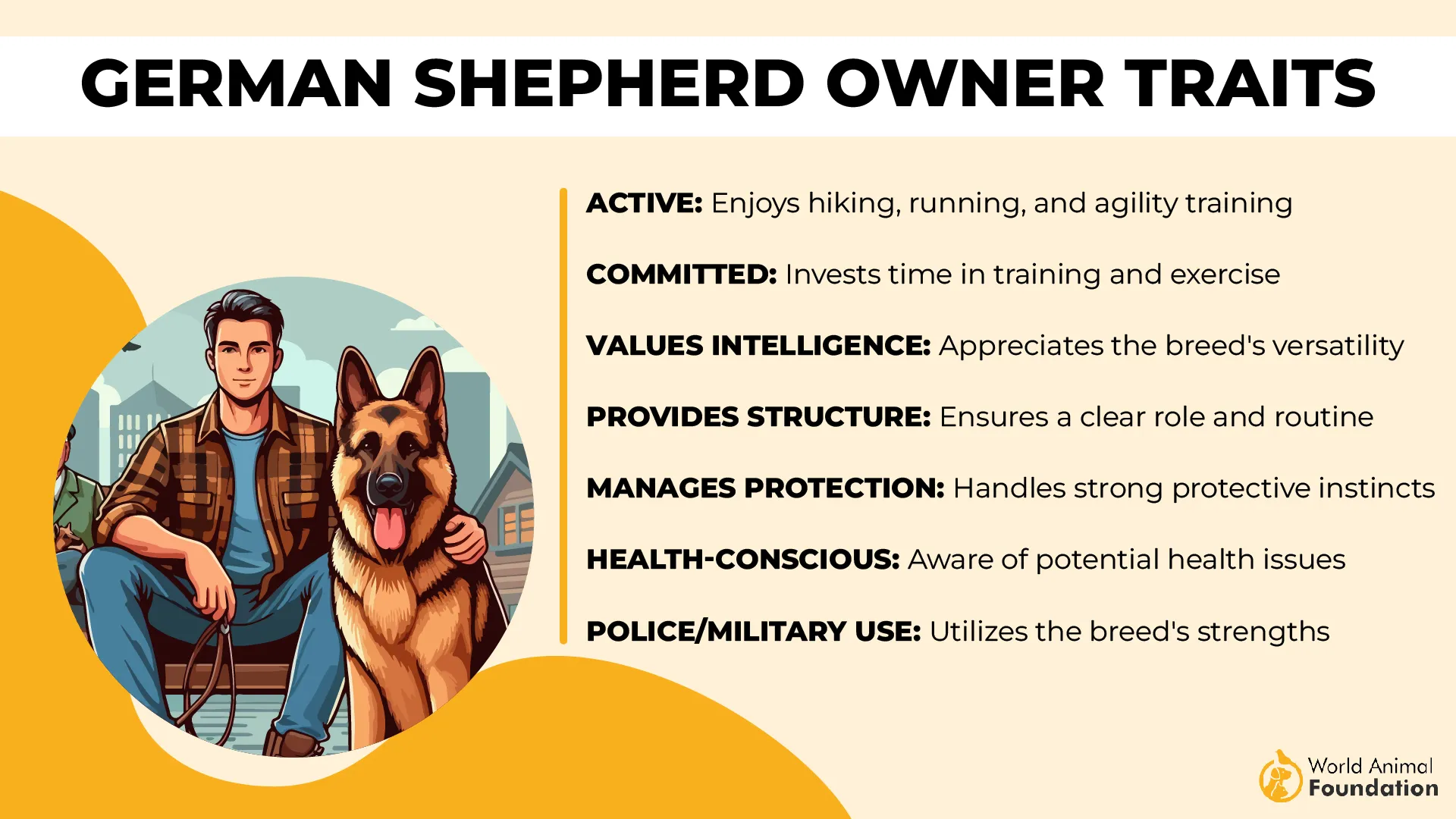
Smart, focused, and driven, they’re not only amazing working dogs but also loving companions, just with a bark loud enough to shake your Amazon package off the porch.
Why the German Shepherd’s Bark Stands Out:
✅ Deep, powerful bark specifically bred for guard and working roles
✅ Extremely alert—rarely misses a sound or movement
✅ Communicates clearly: “Friend or foe? You better answer fast.”
✅ Uses barking as a focused tool, not just noise—this is tactical barking
As per Wikipedia, German Shepherds aren’t the type to warm up to strangers right away — they tend to be cautious and reserved.
When a German Shepherd barks, everyone listens. Their bark is deep, commanding, and intentionally bred to mean business—perfect for alerting, guarding, or simply letting you know that someone is two houses away walking a suspicious-looking Golden Retriever.
Whether they’re on duty with law enforcement or lounging in the backyard, these loyal guardians don’t miss a thing and aren’t shy about letting you know what’s going on.
3. Doberman Pinscher
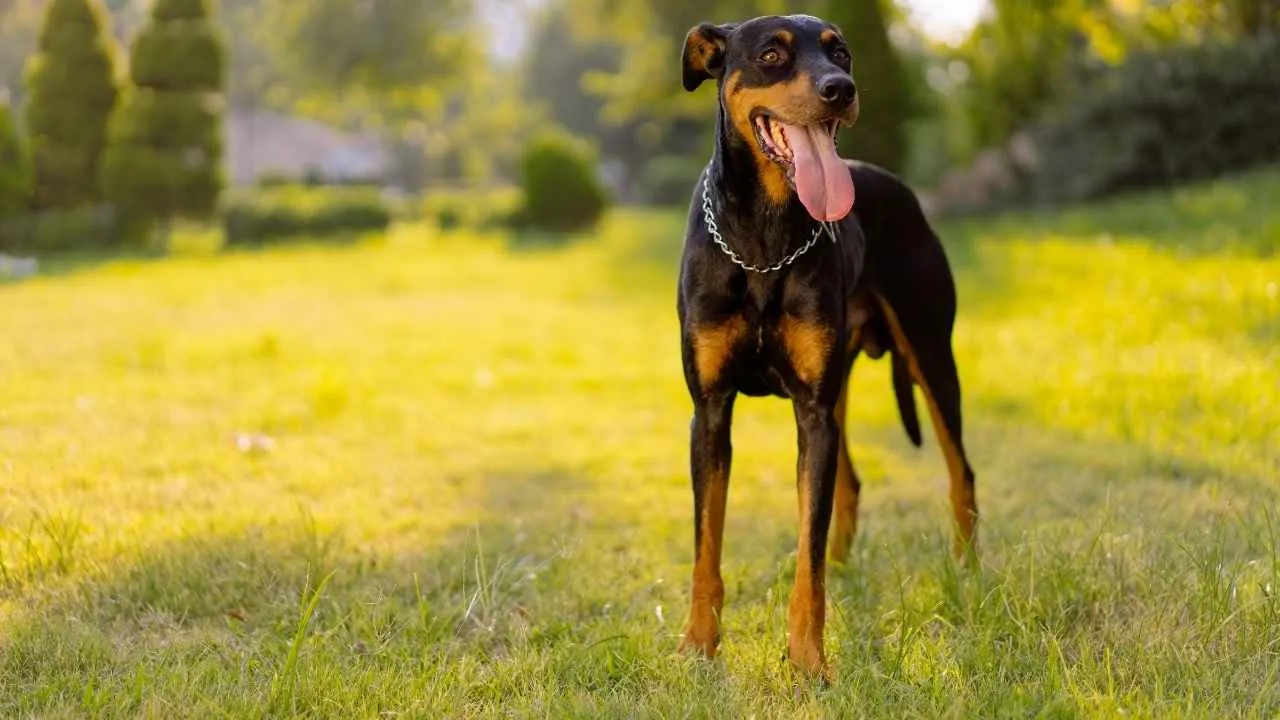
Dobermans don’t just bark—they boom. With their tall, muscular build and laser-focused eyes, these sleek protectors combine beauty, brains, and bravado. Their bark is loud, authoritative, and often all it takes to make a potential intruder rethink their life choices.
Bred originally for personal protection, Dobermans use their bark like a verbal security alarm—loud, precise, and impossible to ignore.
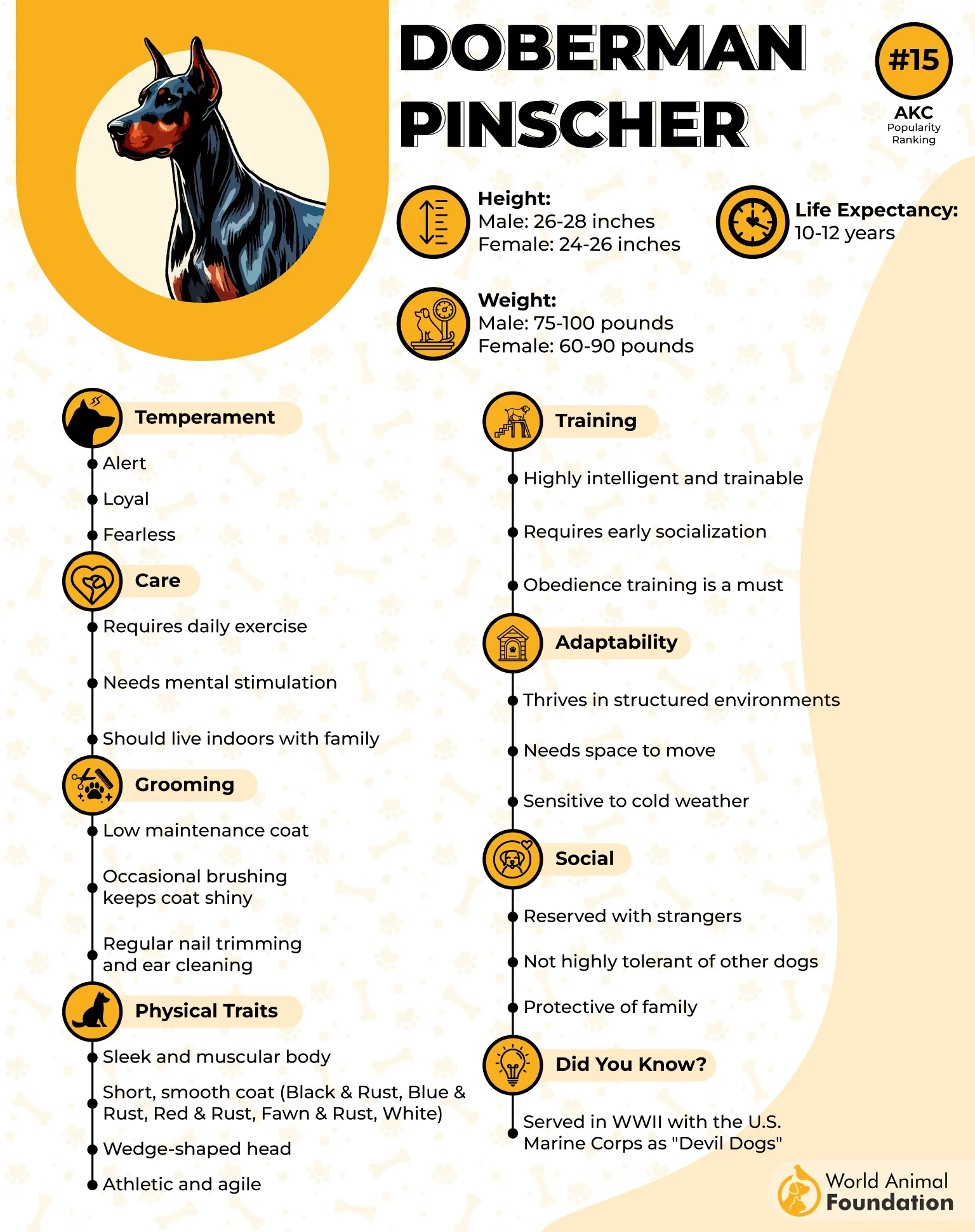
Despite their reputation for toughness, Dobermans are affectionate with their families and surprisingly sensitive. They’re deeply loyal, eager to please, and love having a purpose—whether it’s guarding your house or reminding you it’s time for their walk.
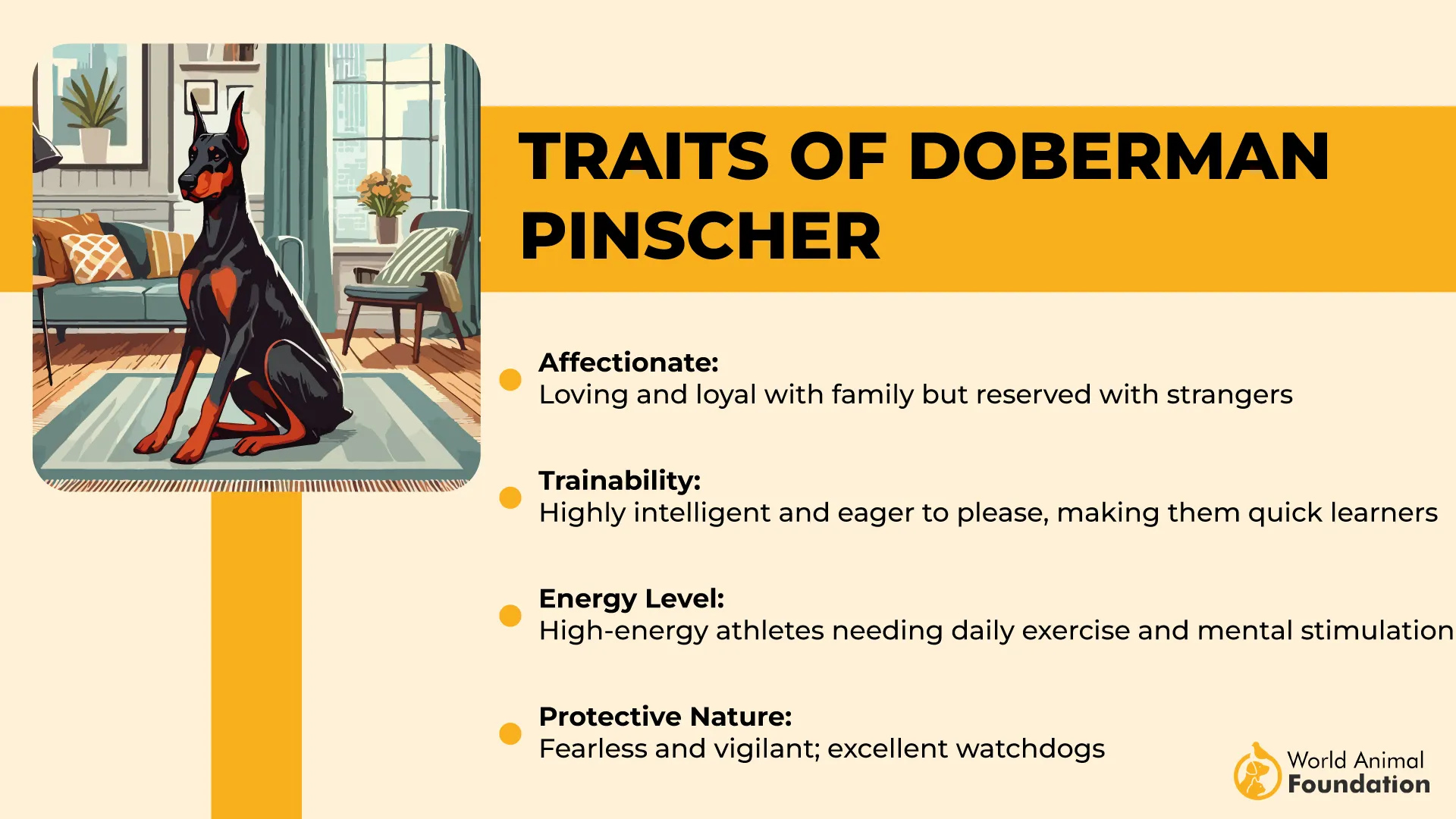
Doberman Bark Power Facts:
✅ Bark travels far—like, several houses down the block far
✅ Uses barking as a strategic warning, not random noise
✅ Known to bark once or twice with impact to get their point across
✅ Combines intimidation with intelligence—like a very loud chess master
Dobermans are sharp-minded and naturally curious, which means they thrive in active environments that challenge both their body and brains.
Without regular physical and mental stimulation, they can become bored and turn to destructive habits. Because of their high energy levels, they may not be the best fit for households with very young kids.
4. Scottish Terrier
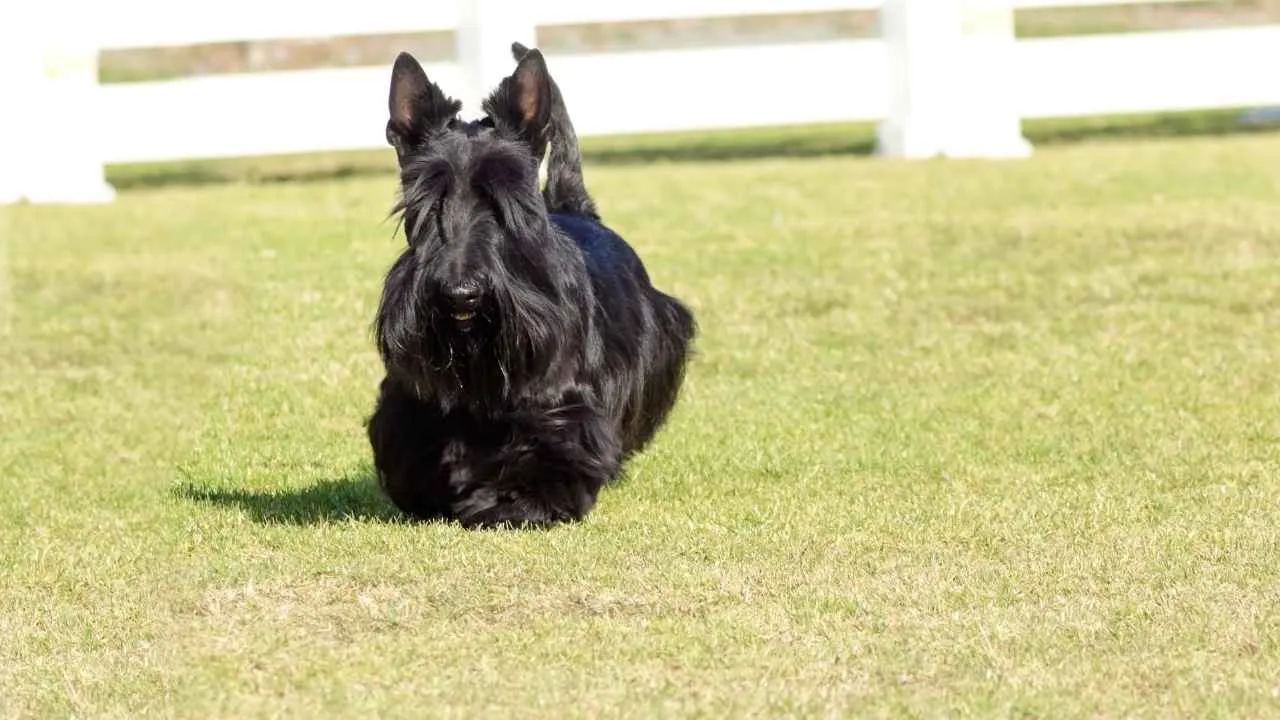
Don’t be fooled by the short legs, wiry coat, or dapper mustache—Scottish Terriers are tiny dogs with huge voices. Thanks to their classic terrier tenacity, Scottish Terriers have earned the nickname “the Diehard,” according to the American Kennel Club (AKC).
Originally bred for hunting and digging out vermin in the rugged Scottish Highlands, Scotties developed a bark that could be heard across rough terrain and windy moors. Translation? They are LOUD.
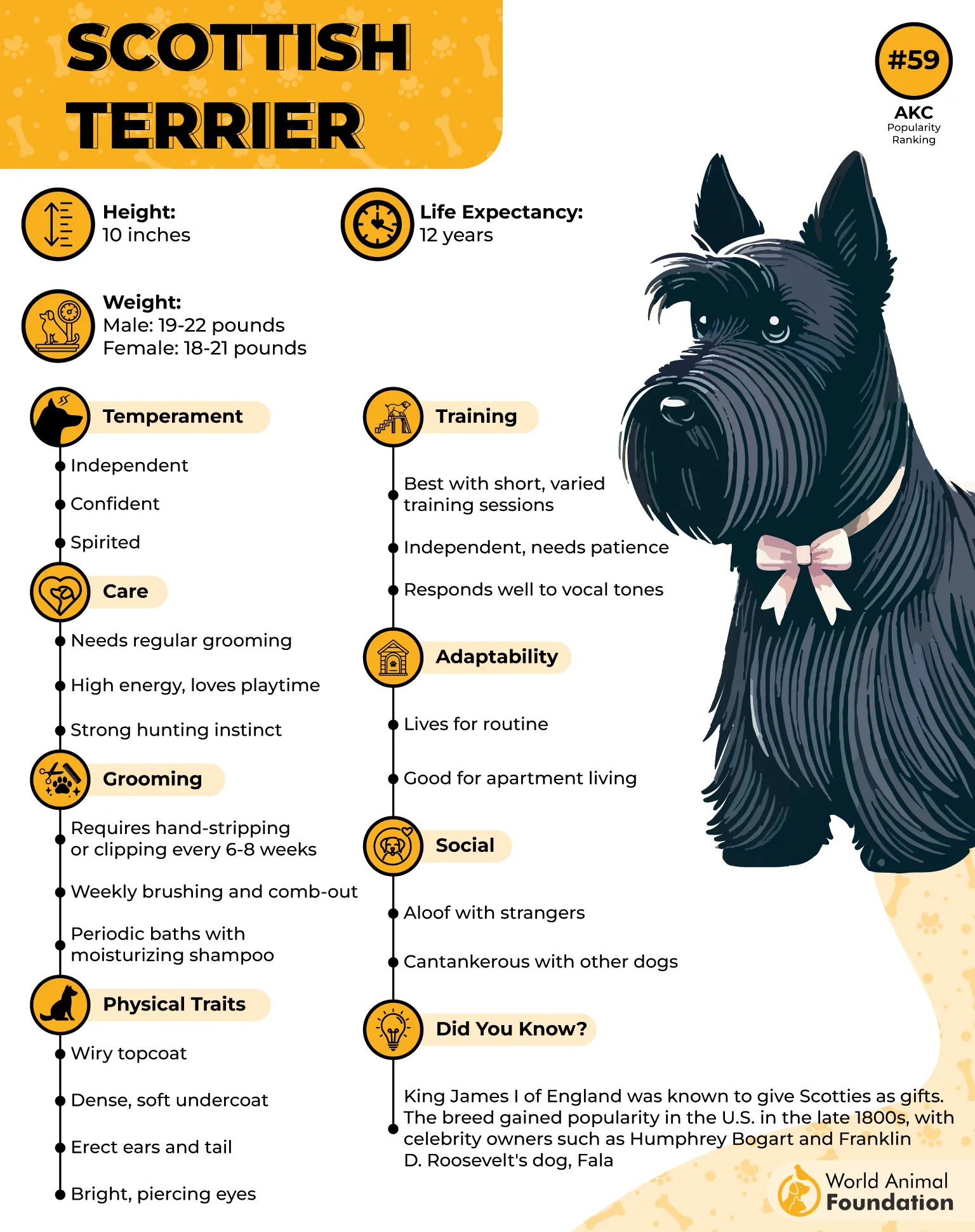
These compact canines are confident, independent, and loyal to their humans. While they may be reserved with strangers, they’re incredibly bold for their size, and that powerful bark is a big part of their personality. They’re not afraid to sound the alarm, even if the “threat” is just the mail carrier.
Why Scotties Make the Loud List:
✅ Their bark is loud, sharp, and deep, surprising from such a small frame
✅ Used vocalizations historically for communication during hunts
✅ Bold bark that helps them hold their own against larger dogs
✅ Sounds off for strangers, squirrels, and the occasional blowing leaf
They approach tasks with a no-nonsense, efficient attitude—traits that make them excellent watchdogs.
Their strong hunting instincts can be a challenge, especially if there are small animals nearby, and they’re not always the friendliest with other dogs. Still, this bold, brainy little Scotsman thrives on brisk walks and lively play sessions.
5. Alaskan Malamute
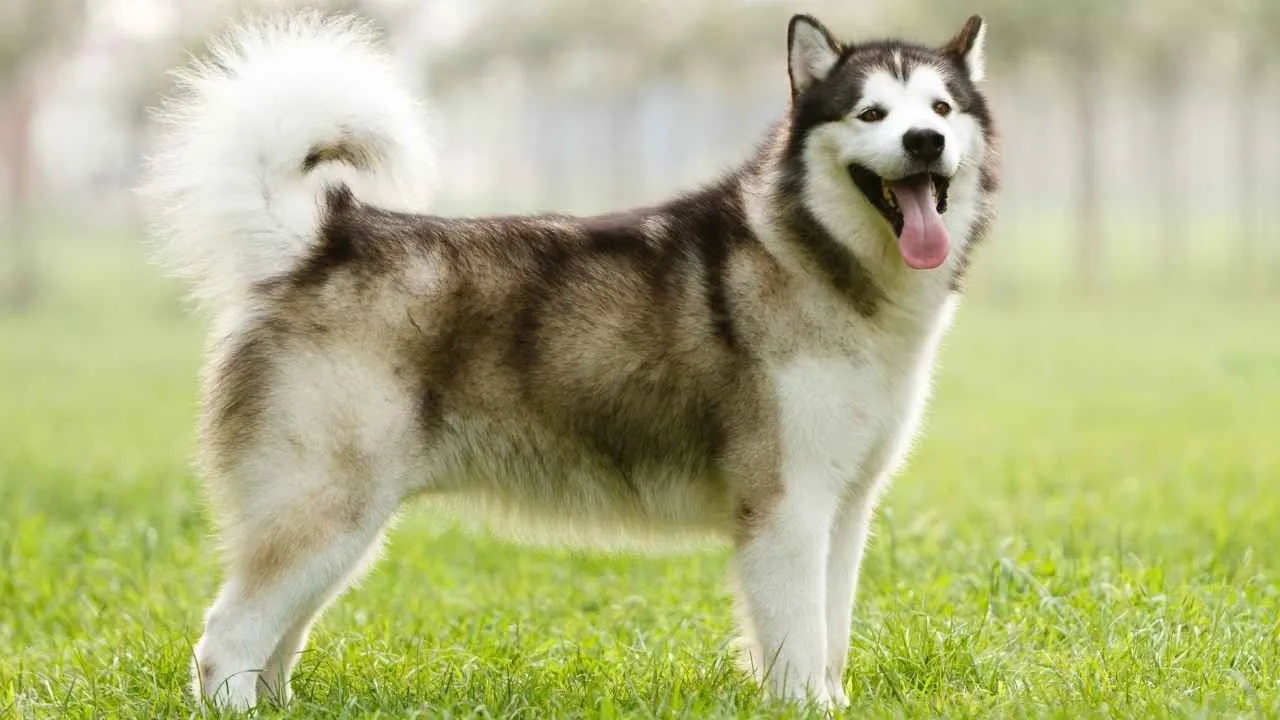
The Alaskan Malamute doesn’t just bark—they broadcast. The Alaskan Malamute is a large, powerful breed built for endurance and strength. Originally bred to haul heavy sleds across frozen terrain, this dog looks like it could still tow a snowplow through your driveway — and look good doing it.
Standing between 23 to 25 inches tall at the shoulder and weighing anywhere from 75 to 85 pounds, the Alaskan Malamute is a true powerhouse. With a sturdy, muscular frame and thick bones built for strength and endurance, this breed is anything but delicate.
Don’t let the fluffy coat fool you — this isn’t your average lapdog, but rather a robust working dog bred to thrive in harsh Arctic conditions.
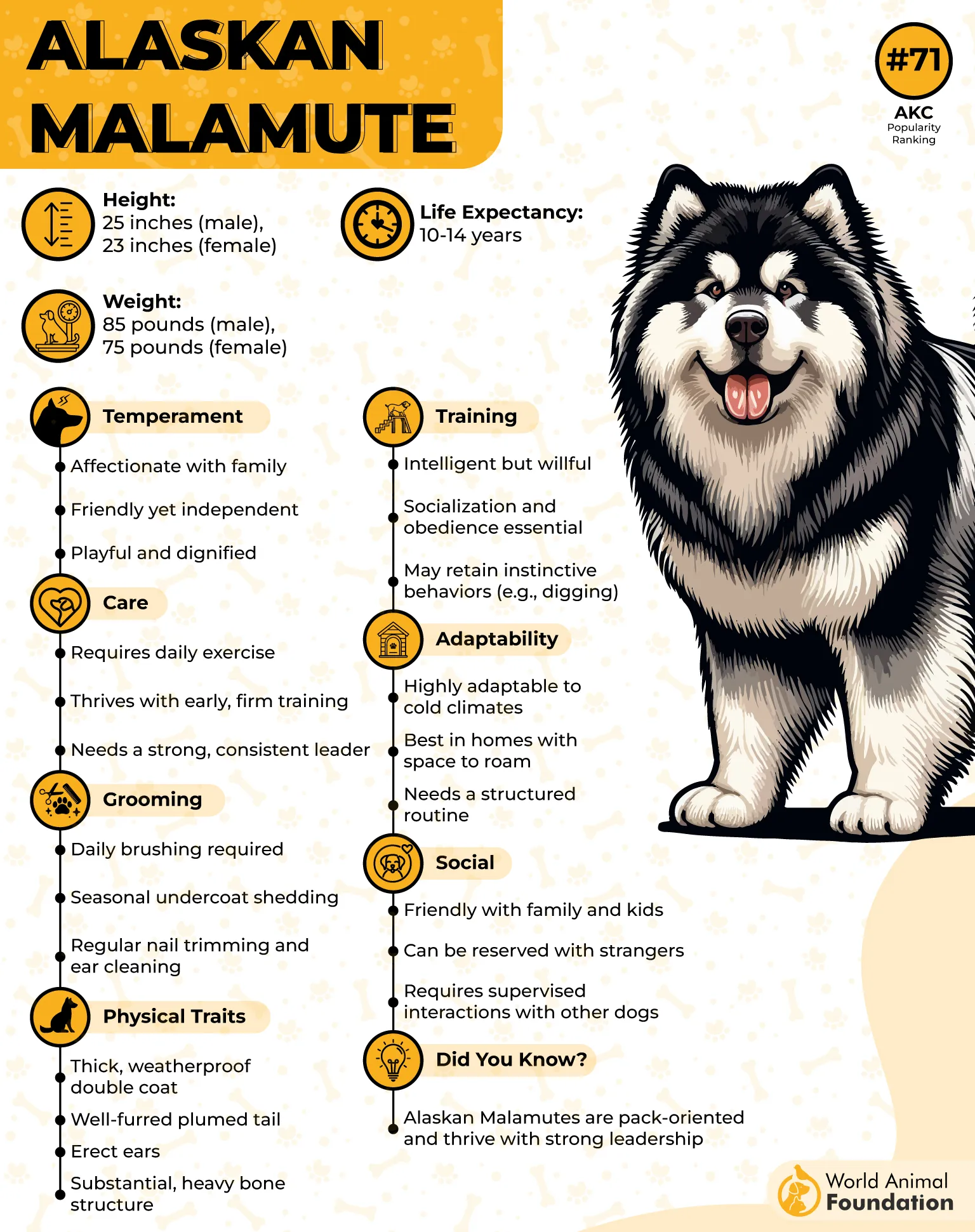
While they’re affectionate and loyal with their people, Malamutes are independent thinkers with a mischievous streak. They love cold weather, need space to roam, and aren’t exactly fans of solo downtime—especially if there’s a squirrel they haven’t warned you about yet.
Malamute Volume Check:
✅ Deep-chested bark that echoes across valleys (or down your hallway)
✅ Howling is practically an art form for this breed
✅ Not shy about vocalizing boredom or opinions
✅ Loud enough to be heard over arctic winds—and suburban leaf blowers
Bonus Fun: They’ll let out a full, dramatic howl if you’re five minutes late for walk time… and then snuggle into your lap like an 85-pound husky-shaped baby.
6. Basset Hound
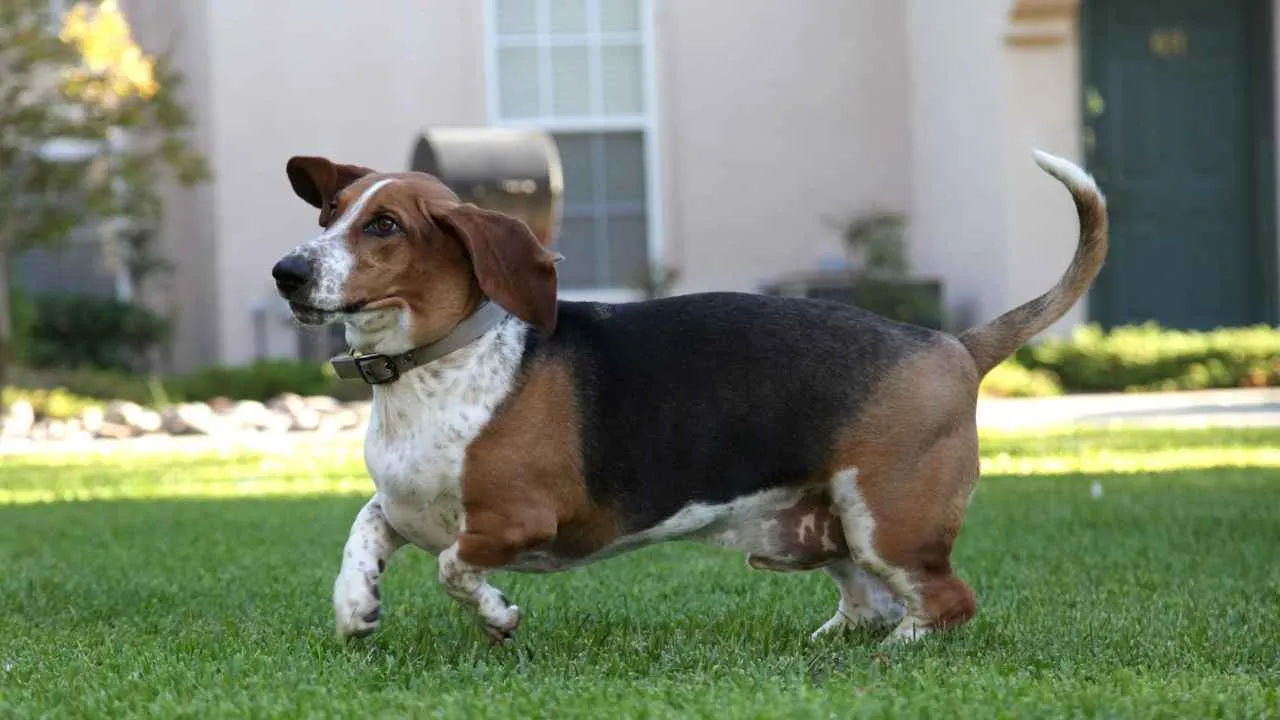
Basset Hounds are compact, heavyset dogs, typically standing under 15 inches tall and weighing between 40 to 65 pounds. Their name actually comes from the French word “basset,” meaning “low” or “short,” which suits their ground-hugging build perfectly.
Originally bred to track game over long distances, their distinctive howl was crucial for hunters to follow their location. That same skill now helps them alert you when a leaf moves… three blocks away.
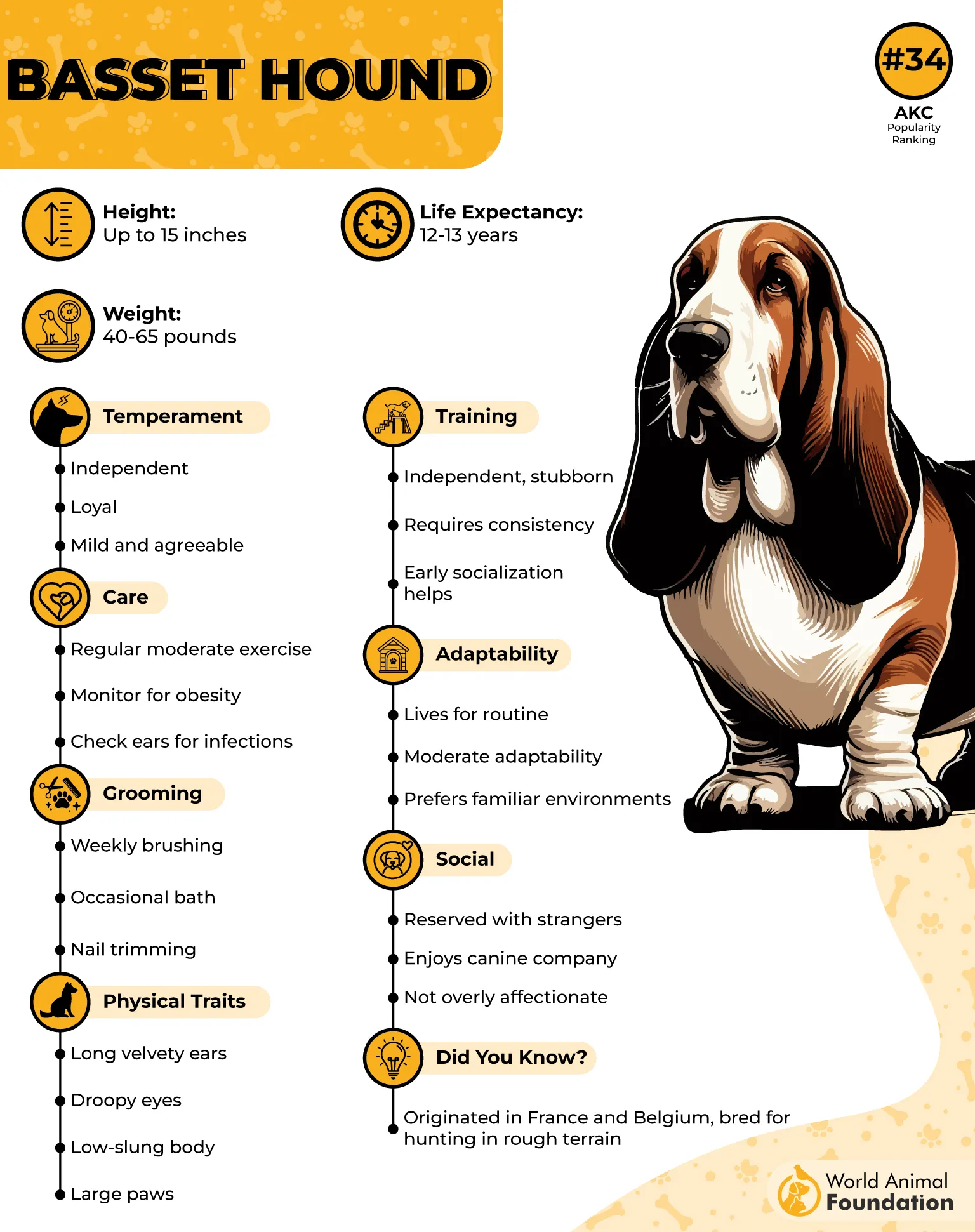
Known for their laid-back personalities, Bassets are generally calm and low-energy, making them popular as companion animals. But when they’ve got something to say, everyone’s going to hear it—whether it’s a bark, bay, or dramatic hound cry that echoes off the walls.
Why Bassets Bring the Bark:
✅ Baying, howling, barking—you get the whole hound soundtrack
✅ Built to be loud and easy to track during long hunts
✅ Surprisingly strong lungs for such a low-to-the-ground dog
✅ Will vocalize if bored, curious, or slightly inconvenienced
Basset Hounds may look chill (and they are), but don’t be fooled—their bark is deep, booming, and incredibly loud for a dog that barely clears a foot off the ground.
However, their affectionate nature means they don’t enjoy being left alone too long — some may develop separation anxiety if left without company, as noted by PetMD.
7. Siberian Husky
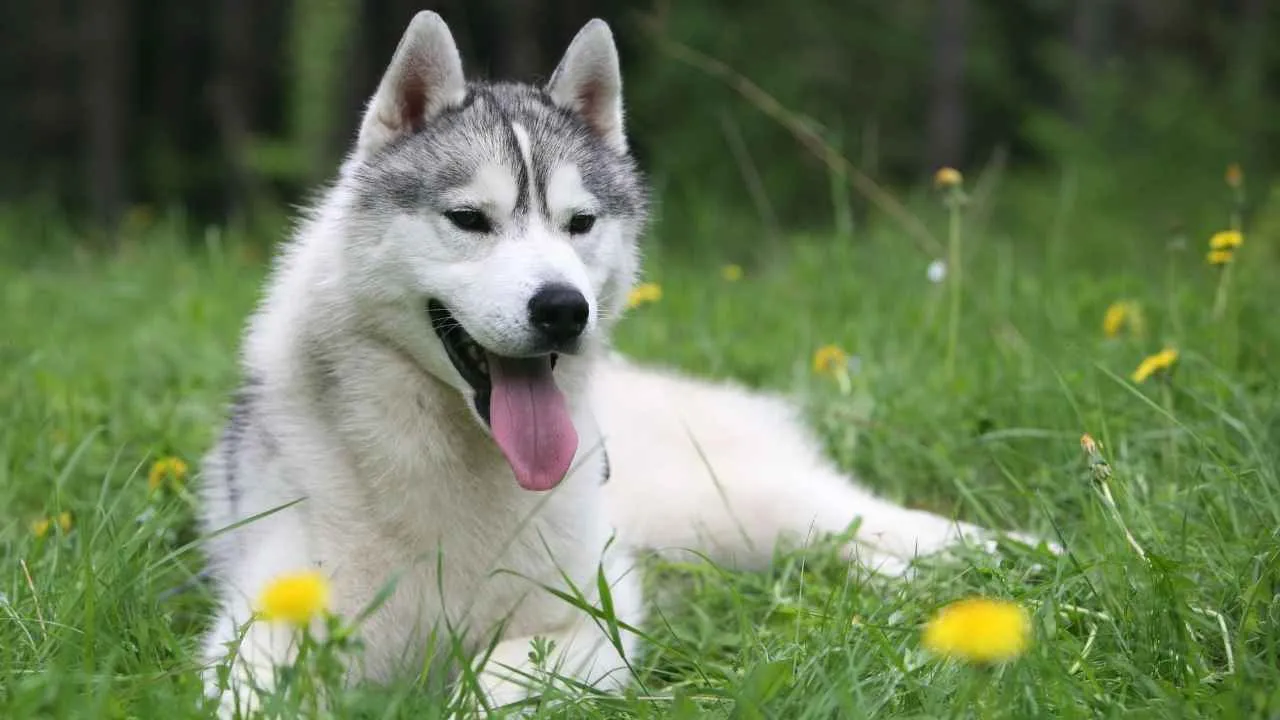
When the Siberian Husky first arrived in Alaska, locals weren’t exactly lining up to adopt them. But over the next century, this energetic and expressive breed won hearts and sled races alike, becoming one of the most beloved dogs around.
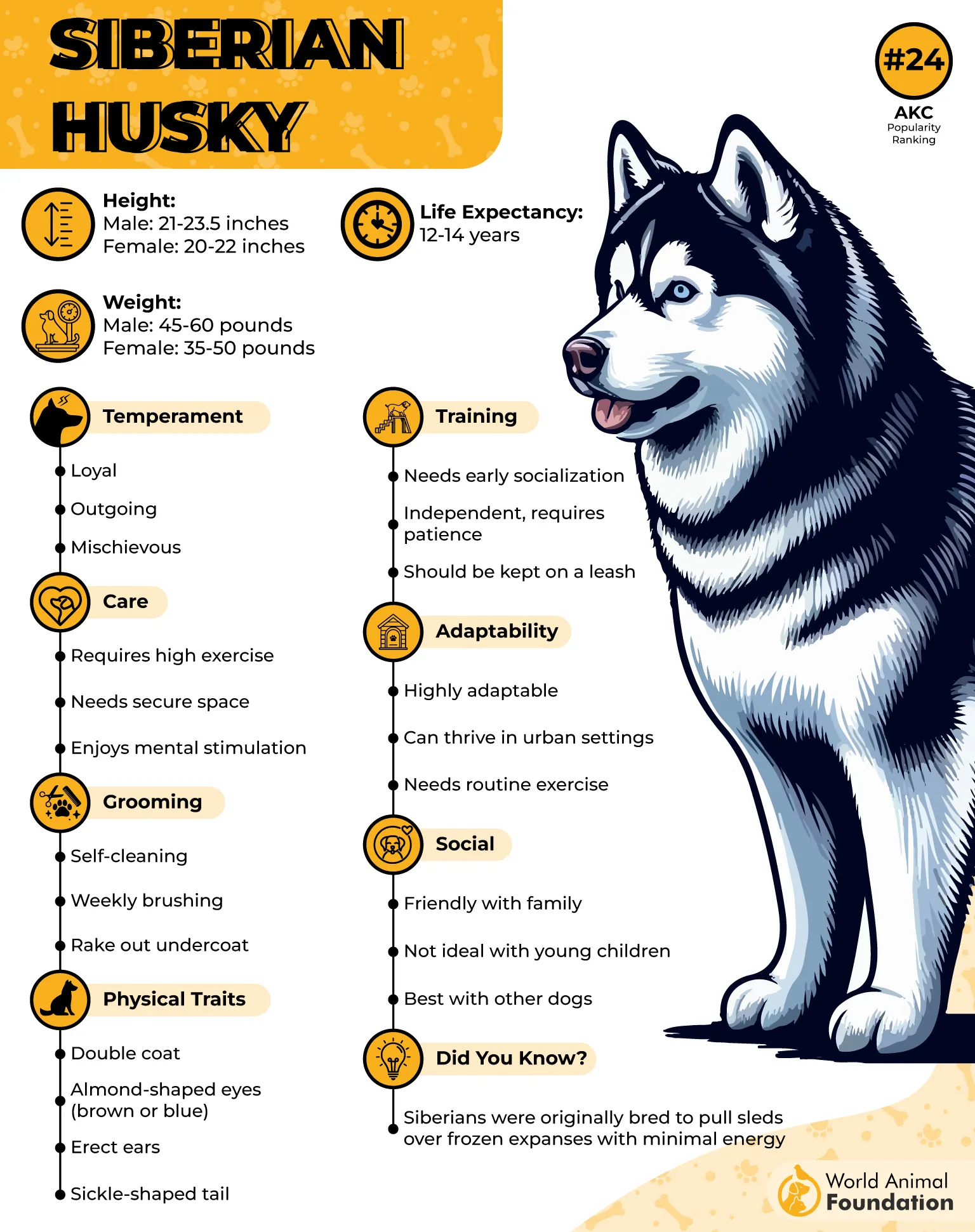
Siberian Huskies weren’t just bred to run sleds—they needed to chat along the way. These medium-sized, wolf-like dogs are energetic, friendly, and highly social, both with humans and other dogs.
With a height of 20–23.5 inches and a weight of up to 60 pounds, Siberian Huskies are famous for their vocal antics and boundless stamina. Huskies are known for their independent streak and zest for adventure, but they’re also affectionate and playful family members.
Why Huskies Make Noise:
✅ Vocal “talkers” who mix barks, howls, and unique yodel-like sounds
✅ Howls carry far—perfect for long-distance communication on the trail
✅ Use vocalization to express everything from excitement to mild annoyance
✅ Not shy about making themselves heard when they want attention
They thrive in homes with active, experienced owners who can keep up with their physical and mental needs. Huskies love to roam, run, and be mentally challenged, making them a great match for energetic families and kids.
Their unique vocalizations, which mix barks, howls, and a range of quirky sounds, were essential for communicating across long, cold distances and harsh weather. While their bark isn’t always the loudest, their signature howl can carry for miles and often sounds like they’re holding a melodic conversation with the wilderness.
Just don’t expect them to enjoy couch-potato living; a bored Husky is a recipe for mischief.
Conclusion
When it comes to the loudest dog breeds, bark truly speaks louder than size. While a Golden Retriever named Charlie holds the Guinness World Record for his booming bark at 113.1 decibels, he’s not alone in the canine world of vocal champions.
From Yorkshire Terriers with a surprising punch for their small size, to Rottweilers whose intimidating bark comes with strong protective instincts, these most vocal breeds aren’t just barking for attention — they’re often expressing excitement, guarding against intruders, or herding livestock.
Even sled dogs, bred to communicate over great distances, have a resonant bark that carries. For pet parents, understanding your dog’s behavior, tendency to bark, whining, and need for socialization is key, whether you want a natural guard dog or a quieter companion.


